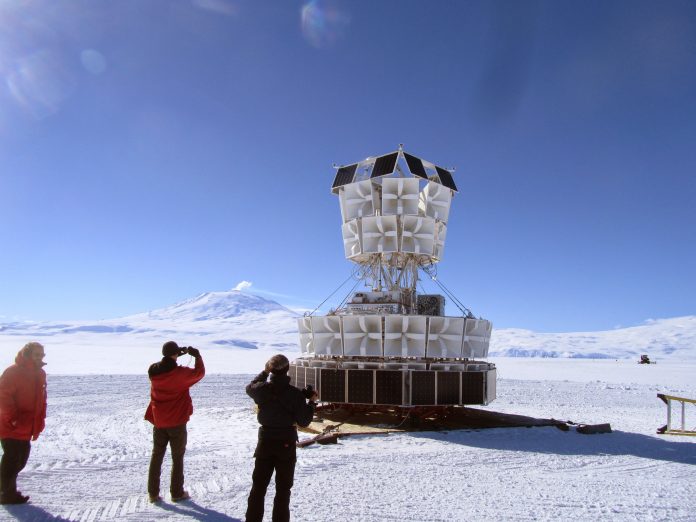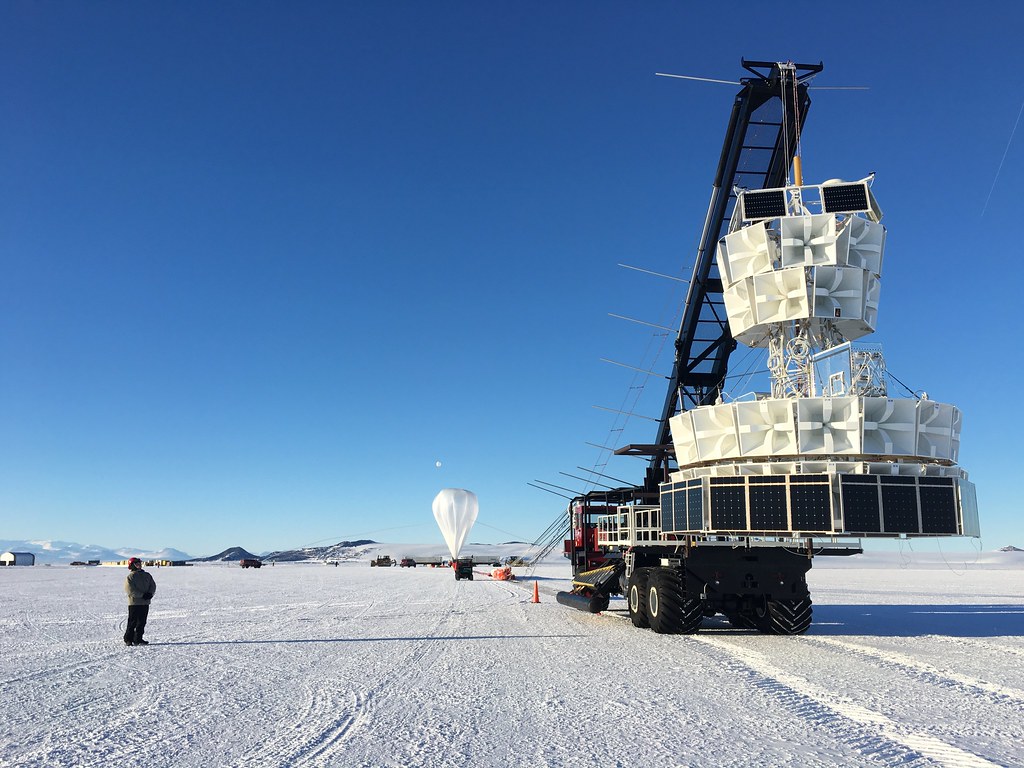
It began, as such stories usually do, with a balloon over Antarctica and with some unexplained signals. Within weeks, there were headlines shouting of a “parallel universe where time reverses.” The reality, as the scientists responsible for making the discovery have explained time and again, is much more complicated and much more interesting from a physics point of view.
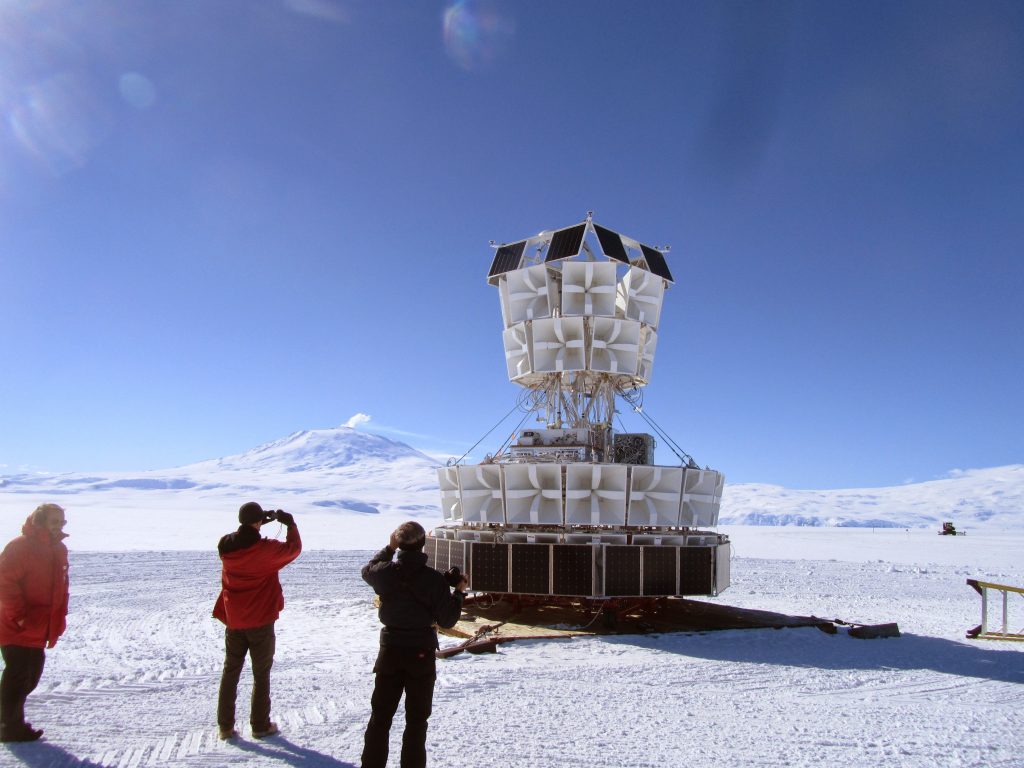
1. ANITA’s Strange Signals
The Antarctic Impulsive Transient Antenna (ANITA), a NASA-funded balloon experiment, was designed to detect radio pulses from ultra-high-energy neutrinos colliding with Antarctic ice. Hanging 37 kilometres in the air, its antenna array swept vast tracts of icy continent in four flights from 2006 to 2016. Two events in 2016 that looked like cosmic rays were observed emerging from the ice at steep angles, something normal physics says must be nearly impossible for particles of that energy. “A very strange thing,” said principal investigator Peter Gorham.
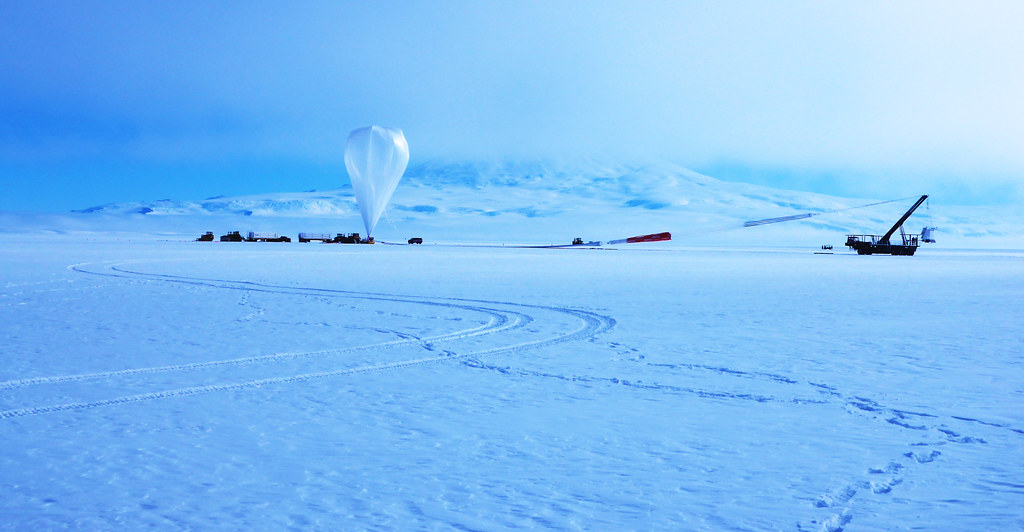
2. The Neutrino Puzzle
Neutrinos are notoriously reluctant, going light-years of lead unscathed. But at energies ANITA observed, the Earth should have been opaque to them. The inconsistencies pointed toward either an unknown astrophysical source, a flaw in the data, or new exotic physics such as CPT violation of symmetry, wherein a particle’s time behaviour is reversed. The third one, mathematically plausible as it might be, would topple the Standard Model.
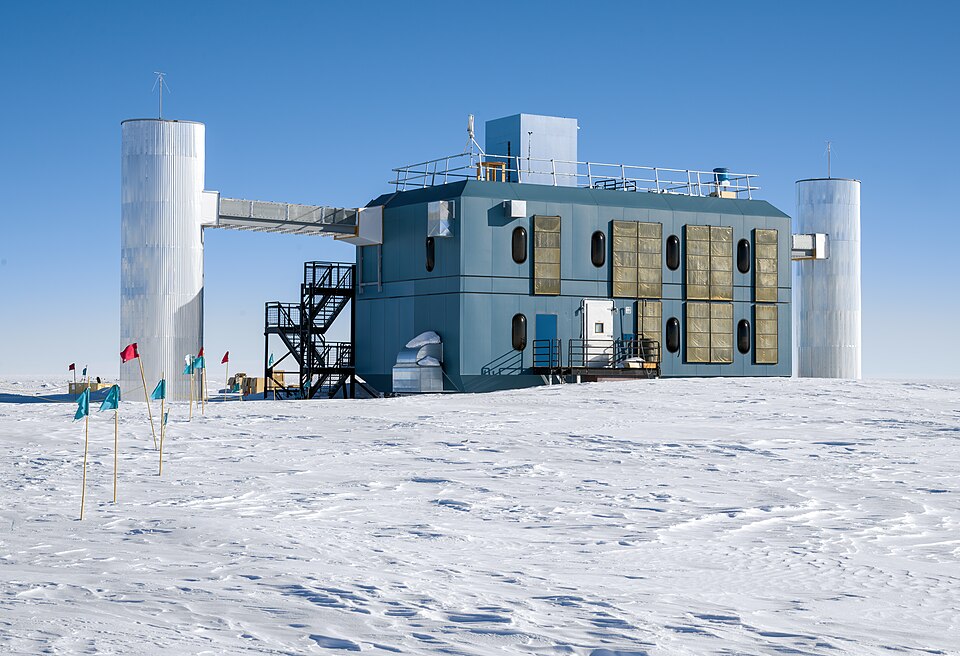
3. Cross-Checks and Counter-Evidence
The IceCube Neutrino Observatory, a cubic-kilometre array of optical detectors embedded in Antarctic ice, offered a critical test. If high-energy tau neutrinos were passing through the Earth, they ought to have been plentiful in the detection range of IceCube. They were not. This nondetection essentially ruled out the astrophysical source hypothesis. A later search by the Pierre Auger Observatory in Argentina saw only one candidate event consistent with the anticipated background noise of 0.27 ± 0.12 events.
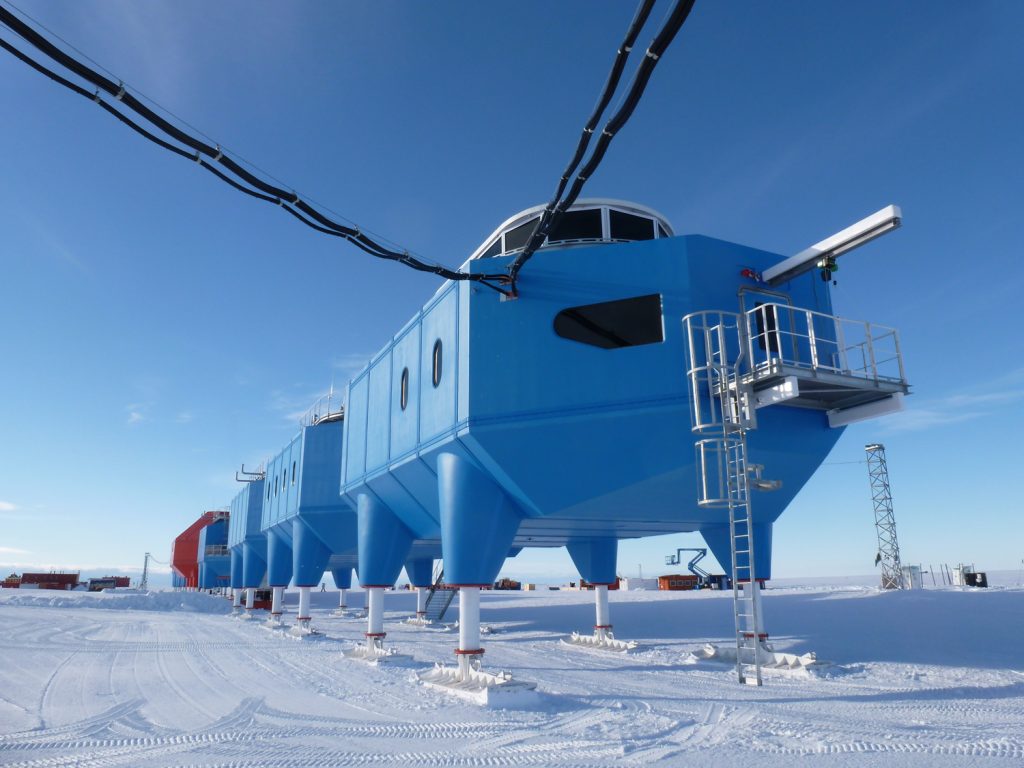
4. The Reflection Hypothesis
A more mundane explanation emerged: the events might be because of cosmic rays reflecting off the bottom layers of thinner Antarctic ice. Such reflections can replicate the polarity and timing of travelling neutrinos upwards. This solution, advanced by Ian Shoemaker and others, explains both ANITA’s events as well as the lone Pierre Auger anomaly without the need to invoke new physics.
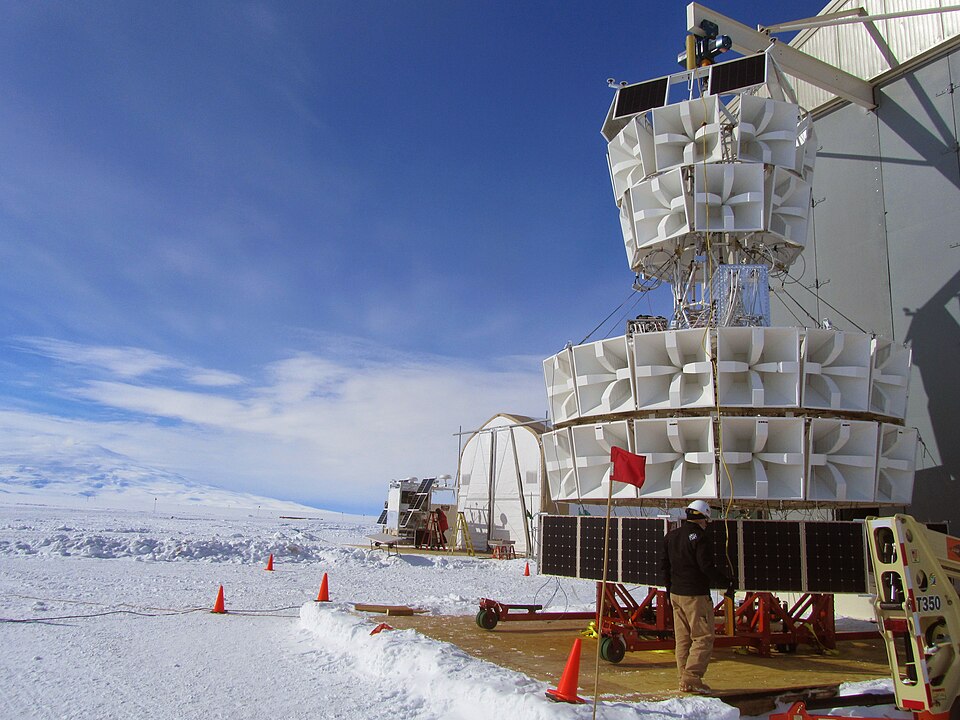
5. The Role of Media Amplification
The leap from exotic neutrino anomalies to a “parallel universe” was encouraged by a series of media reports. A significant theoretical paper on a CPT-symmetric “anti-universe” was referenced along with results from ANITA, and the correlation grew. Gorham later added, “A journalist got it wrong, tied it to us, and it has unfortunately snowballed.” The University of Hawaii issued a rare press release dispelling the parallel universe assumption.
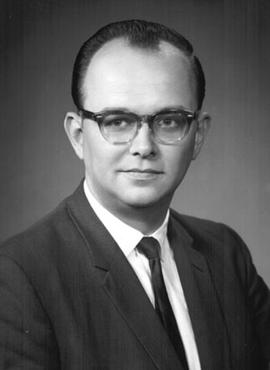
6. Multiverse Theories in Context
Parallel universes are not a figment of tabloid imagination. The Many-Worlds Interpretation of quantum mechanics by Hugh Everett III in the 1950s suggests that all possible outcomes of quantum events unfold in branching, non-communicating universes. String theory’s extra-dimensional Calabi–Yau manifolds foretell a “landscape” of potential universes, each with its own set of physical constants. Cosmological inflation theory predicts that inflation’s lumpy end may form “bubble universes” cut off from our own.
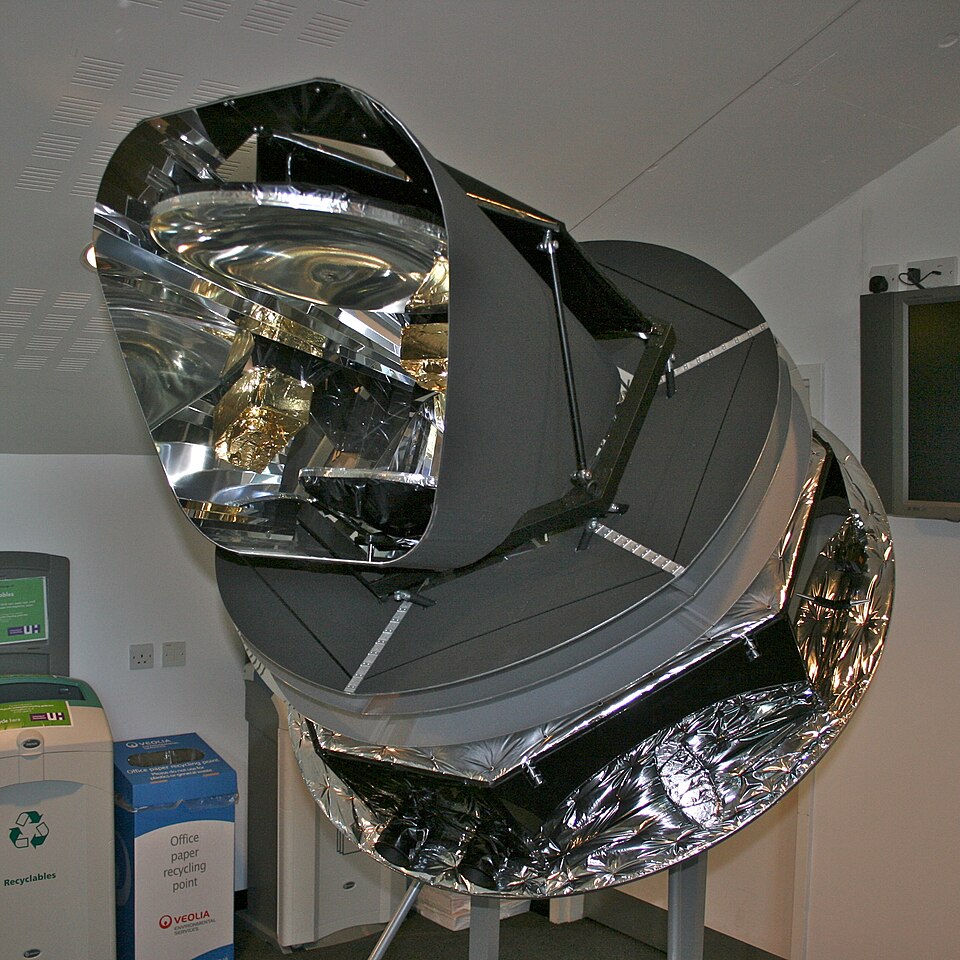
7. Anomalies in the Cosmic Microwave Background
Planck satellite measurements revealed enigmatic large-scale Cosmic Microwave Background anomalies such as the absence of correlations for angles greater than 60°, dipolar asymmetry, and preference for odd-parity. Loop Quantum Cosmology offers one possible explanation: a pre-Big Bang “bounce” that imprints fine-scale patterns upon the CMB. While intriguing, these features remain statistically marginal and do not call for new physics, much less other universes.
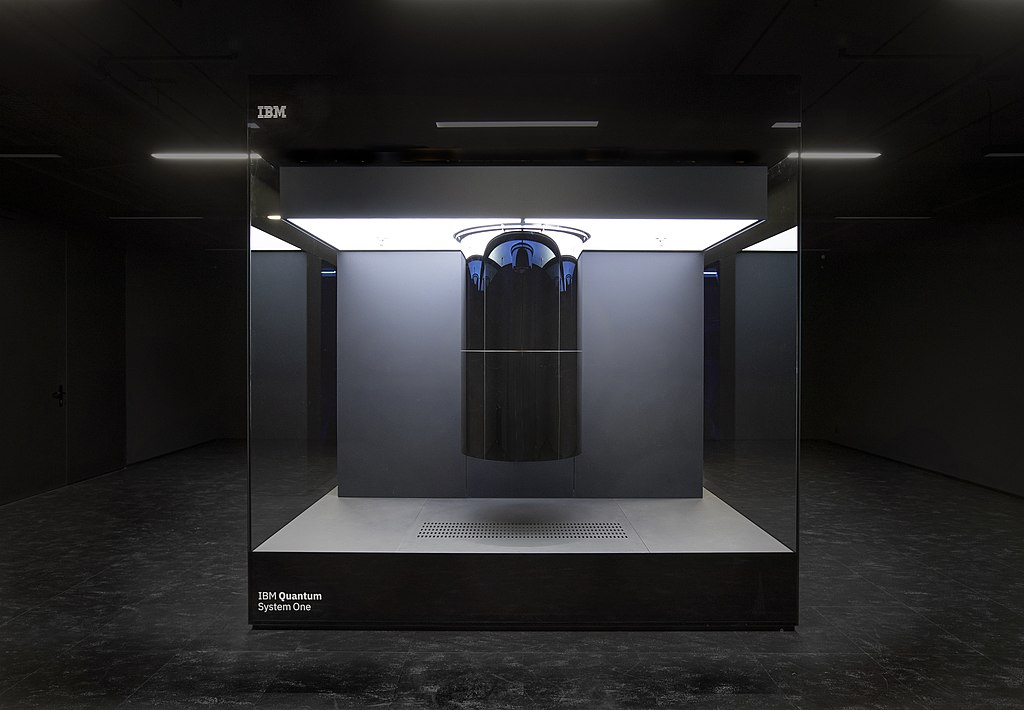
8. Testing the Untestable
he principal difficulty for multiverse theories is empirical accessibility. By assumption, other worlds are causally disconnected from our own. Quantum computing pioneer David Deutsch has argued that quantum systems exhibit interference phenomena that imply parallel worlds, and that a sufficiently advanced quantum computer, in principle, would be able to see their effect. But such tests are conjectures.
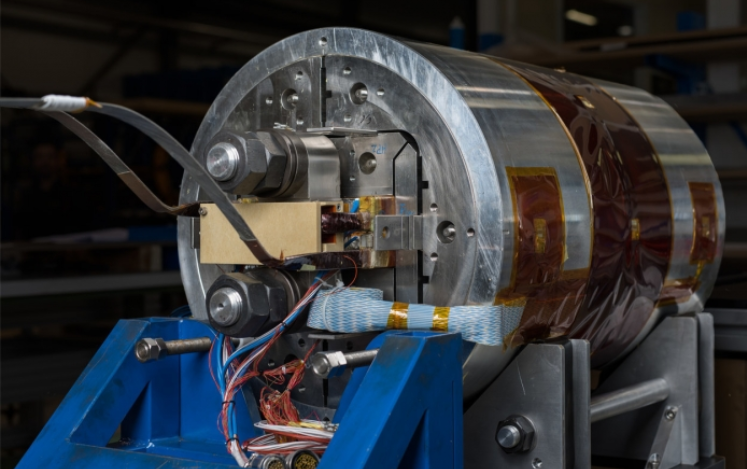
9. Future Experiments
ANITA’s successor, PUEO, will travel with increased sensitivity to radio pulses, enabling the discrimination between real upward-going neutrinos and backscattered cosmic rays. Next-generation facilities like the proposed 100 TeV Future Circular Collider at CERN would aim to search beyond the Standard Model of physics, which could explain the conditions under which many universes might be produced.
The ANITA anomaly prompts us to recall an old lesson from frontier physics: great claims require great evidence. For now, the anomalies are simplest to explain by ice, and not infinity. But the instruments being built to chase such mysteries Antarctic balloons to underground colliders will soon put the multiverse debate in the realm of measurement, not speculation.
